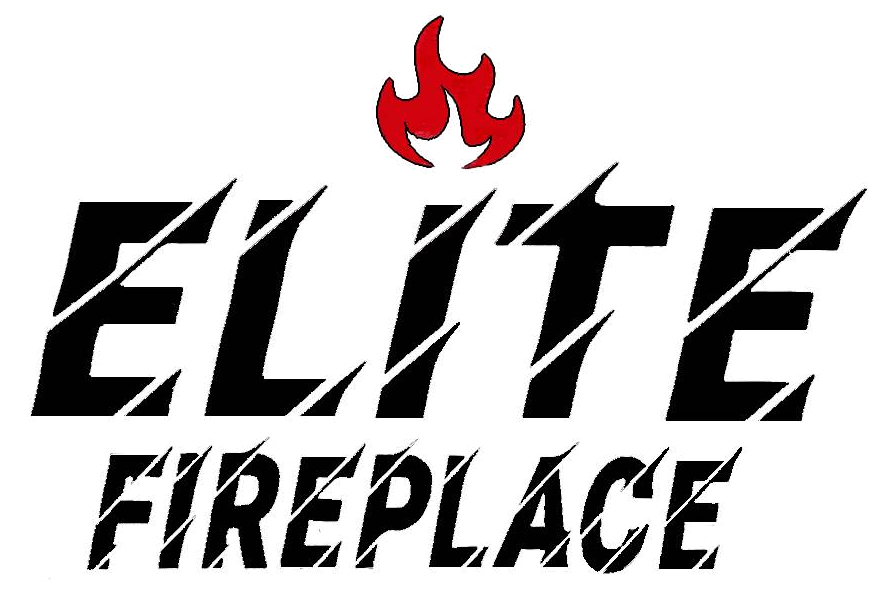A Handy List and Possible Solutions from Your Trusted Chimney and Fireplace Company
A wood-burning fireplace always has a special place in our hearts and homes. But your hearth’s safety and efficiency is largely dependent on the health of the chimney. Seasonal wear and tear can result in a blocked or leaky chimney, which can be extremely dangerous to your home and your family. Not only can it lead to carbon monoxide poisoning, but a damaged chimney could potentially cause a massive house fire.
To enjoy a glowing, crackling fire throughout the heating season, without any interruptions, schedule your fireplace inspections, maintenance activities and chimney sweeps at regular intervals. Rely on the skilled and certified technicians at Elite Fireplace. With several years of experience in delivering professional quality services, you can trust that your fireplace is in good hands with our chimney specialists.
In addition to hiring professional services for fireplace maintenance, you should also be aware of the top causes for leaky chimneys. Read up our handy list and tackle any problems at the source before they become complicated and expensive to resolve.
What You Should Know About Leaky Chimneys
- Chimney Cap: A missing chimney cap would mean that your chimney will be worn down by seasonal elements such as rain, sleet and snow. Clogging could occur due to dried leaves blown into this space, or rodents or birds taking refuge here. Moisture from the rain and snow could also deteriorate the flue and cause rusting on the damper. Installing a cap is one of the easiest solutions to all the potential problems of an exposed chimney. An annual chimney sweep will also ensure that it is clear from any lingering flammable elements before you light up your fireplace in the winter.
- Mortar and Masonry Deterioration: Most chimneys last for about a 100 years from the time they are built, but the mortar between the bricks does need to be replaced or touched up every 20 to 25 years. The damaged mortar could compromise the structural integrity of your chimney due to constant exposure to moisture. One of the ways to avoid this problem is to build a roof like structure (called cricket), which diverts rain water away and keeps the mortar intact for longer.
- Damaged Crown: Over a period of time, the cement structure (called the chimney crown), which sits right at the top of the chimney, could be cracked or damaged. This will allow water to seep in and also cause moisture related deterioration to the flue lining. While small cracks can be treated before they cause any major damage, an undetected crack may become impossible to repair at a later stage. An annual inspection will ensure timely resolution of such potential problems.
- Leaky Flashings or Top Pans: Flashings are the part where the chimney connects to the rooftop, while metal top pans are a part of the chimney chase. These parts bear the brunt of seasonal elements and continue to deteriorate over the years. If your chimney chase has wooden sidings, those too are prone to knots or cracks that can cause water and moisture damage to the chimney. Scheduling a regular maintenance of your fireplace and chimney will help detect such issues and allow for restoration or repair before extensive damage occurs.
- Leaking Chase Covers: Most builders opt for galvanized metal which is prone to rusting. Instead, choose stainless steel chase covers and avoid leaks.
Choose Elite Fireplace for all your fireplace and chimney needs. Call us at (610) 489-4274 today or contact us online to learn more about our services and products and a representative will be in touch soon.
